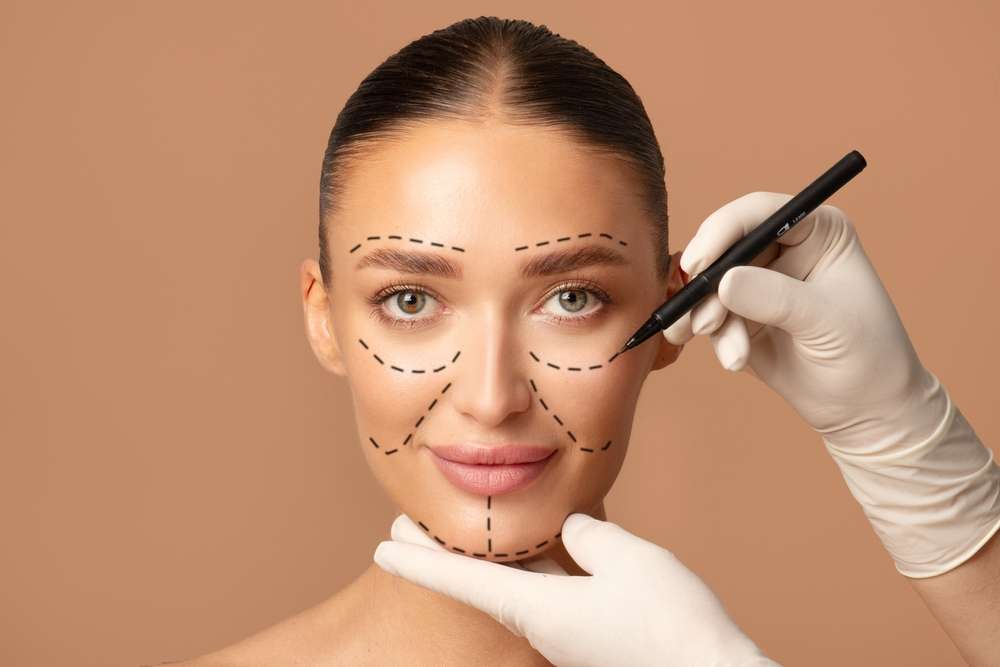Thread Lift Guide 2025: How It Works, Benefits, and Key Considerations
Thread lifts are a minimally invasive cosmetic procedure that may help enhance skin firmness and facial contouring without traditional surgery. In 2025, the method continues to evolve with new materials and techniques designed for subtle, natural-looking results. This guide explains how thread lifts work, what to consider before the procedure, and typical factors influencing outcomes and recovery times.

Thread lifts represent a significant advancement in non-surgical facial rejuvenation, offering patients an alternative to traditional facelifts with reduced recovery time and lower risk. This procedure has gained considerable popularity among individuals seeking to address signs of aging without committing to invasive surgery. The technique involves strategically placing medical-grade threads beneath the skin to create lifting and tightening effects that can last for months or even years.
Understanding the Thread Lift Procedure
The thread lift procedure begins with a thorough consultation where a qualified practitioner assesses the patient’s facial structure and aesthetic goals. During the treatment, local anesthesia is applied to ensure comfort throughout the process. The practitioner then inserts thin, dissolvable threads through small entry points in the skin using specialized needles or cannulas. These threads are carefully positioned along predetermined paths to achieve optimal lifting and contouring effects.
The entire procedure typically takes between 30 to 60 minutes, depending on the treatment area and complexity. Patients can usually return to their daily activities within a few days, making this an attractive option for those with busy lifestyles. The threads work by creating a supportive structure beneath the skin while also stimulating natural collagen production, which contributes to long-term skin improvement.
Types of Threads and Techniques
Several types of threads are available for different aesthetic goals and skin conditions. PDO (polydioxanone) threads are among the most commonly used, offering excellent biocompatibility and gradual absorption by the body. These threads come in various configurations, including smooth threads for skin tightening and barbed threads for more significant lifting effects.
PCL (polycaprolactone) threads provide longer-lasting results, typically maintaining their effects for 12 to 18 months. PLLA (poly-L-lactic acid) threads focus primarily on collagen stimulation, making them ideal for patients seeking gradual skin improvement over time. The choice of thread type depends on factors such as the patient’s age, skin condition, desired outcomes, and the practitioner’s assessment of the most suitable approach.
Ideal Candidates and Expected Results
Thread lifts work best for individuals experiencing mild to moderate skin laxity, typically those in their 30s to 50s. Ideal candidates have realistic expectations about the procedure’s limitations and understand that results will be more subtle than those achieved through surgical facelifts. Patients with good skin elasticity and minimal sun damage tend to achieve the most satisfactory outcomes.
Results from thread lifts become visible immediately after the procedure, with continued improvement over the following weeks as swelling subsides and collagen production increases. The lifting effect typically lasts between 12 to 24 months, depending on the thread type used and individual factors such as skin quality, lifestyle, and aging process. Some patients choose to combine thread lifts with other non-surgical treatments for enhanced results.
Recovery and Aftercare Overview
Recovery from a thread lift is generally straightforward, with most patients experiencing only mild discomfort and minimal downtime. Common post-procedure effects include slight swelling, bruising, and tenderness at the insertion points, which typically resolve within a week. Patients are advised to avoid strenuous exercise, facial massages, and sleeping on their sides for the first few days following treatment.
Proper aftercare is crucial for optimal results and includes keeping the treatment area clean, avoiding excessive facial expressions, and following all post-procedure instructions provided by the practitioner. Most patients can return to work within 24 to 48 hours, though some may prefer to take a few extra days off to allow any visible side effects to subside completely.
| Treatment Type | Provider Examples | Cost Estimation |
|---|---|---|
| PDO Thread Lift | Medical spas, dermatology clinics | $1,500 - $3,500 |
| PCL Thread Lift | Cosmetic surgery centers | $2,000 - $4,500 |
| PLLA Thread Lift | Aesthetic medicine practices | $2,500 - $5,000 |
| Full Face Treatment | Specialized clinics | $3,000 - $6,000 |
Prices, rates, or cost estimates mentioned in this article are based on the latest available information but may change over time. Independent research is advised before making financial decisions.
Thread lifts continue to evolve as practitioners refine techniques and new thread technologies emerge. While not a replacement for surgical facelifts in cases of significant skin laxity, they offer an excellent middle ground for patients seeking noticeable improvement with minimal risk and downtime. Success with thread lifts largely depends on proper candidate selection, skilled technique, and realistic expectations about the achievable results.
This article is for informational purposes only and should not be considered medical advice. Please consult a qualified healthcare professional for personalized guidance and treatment.




